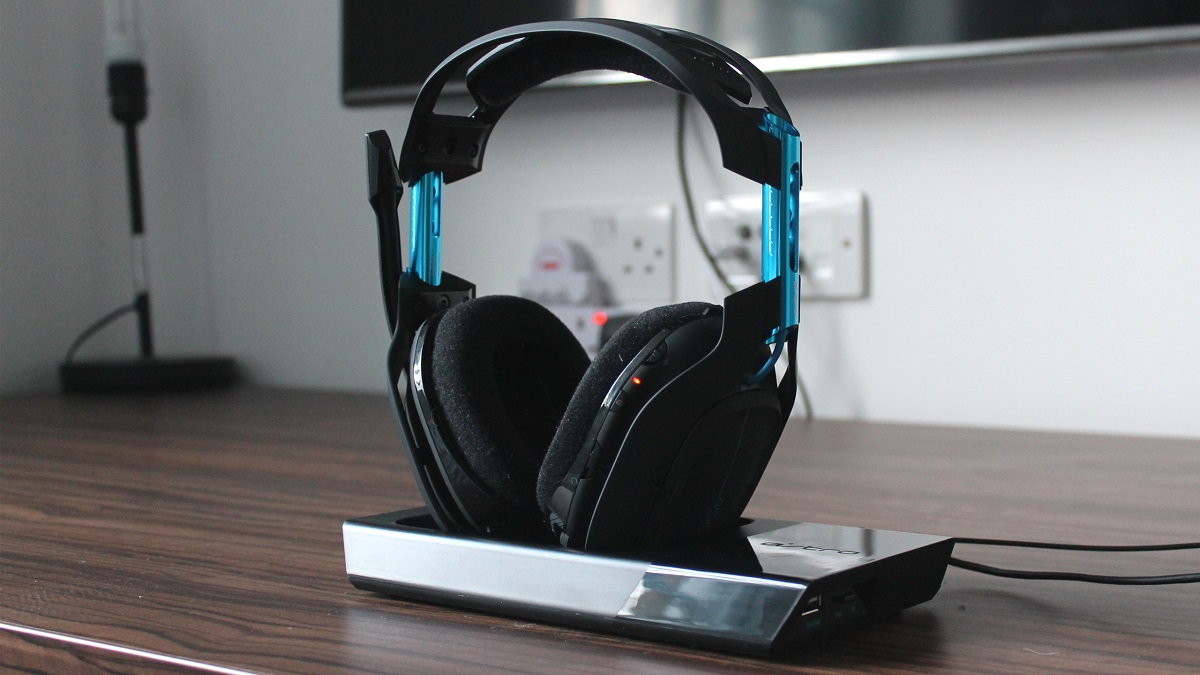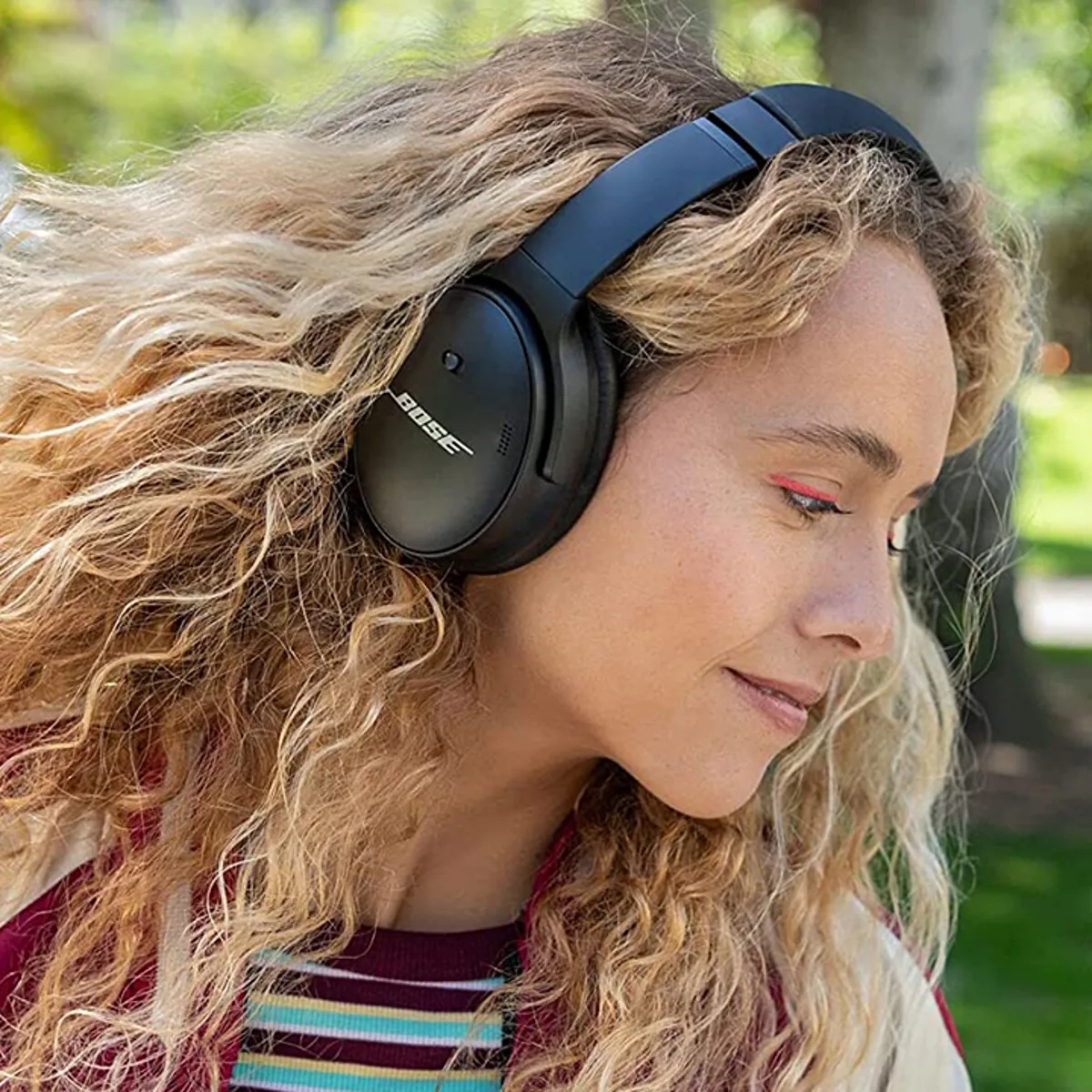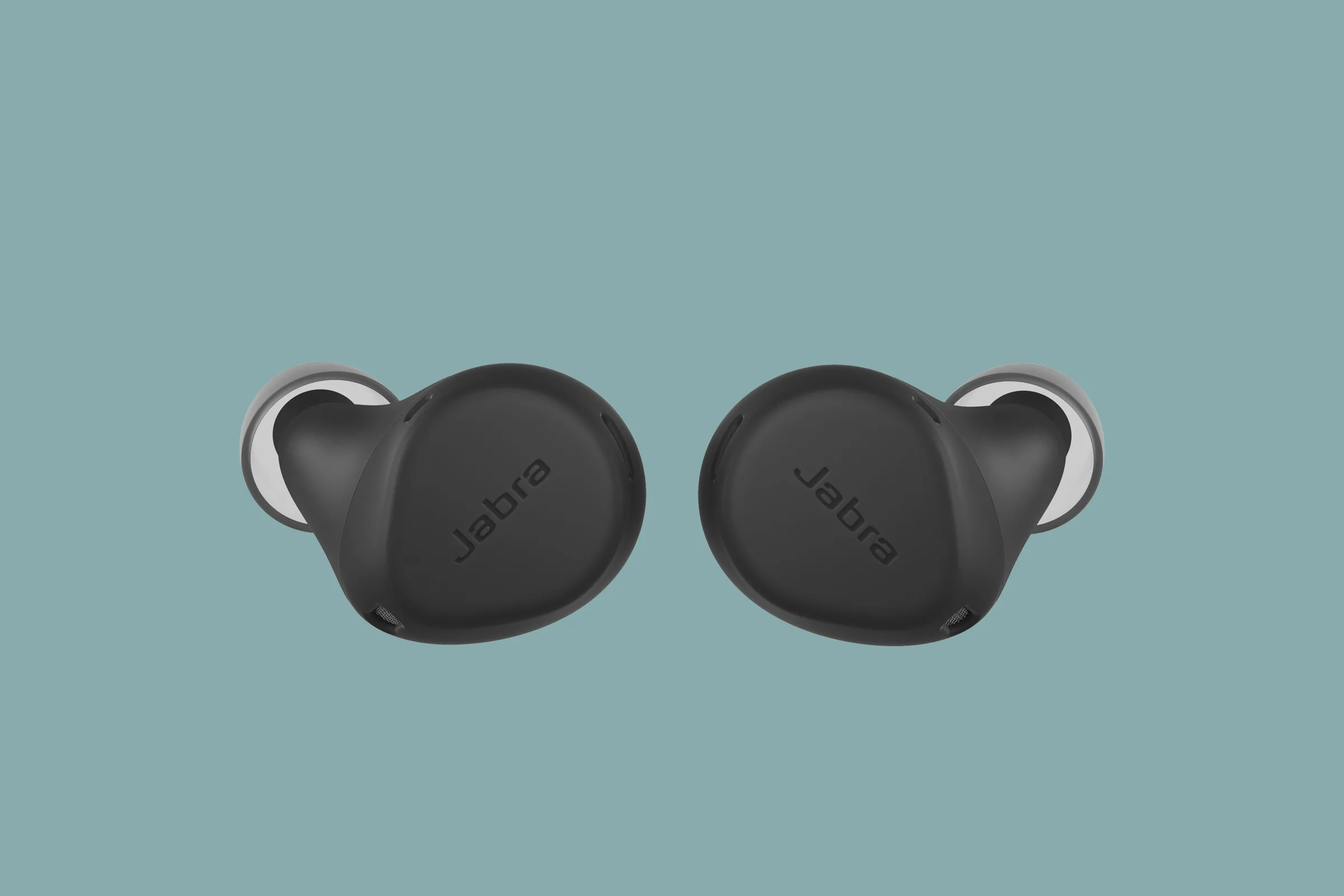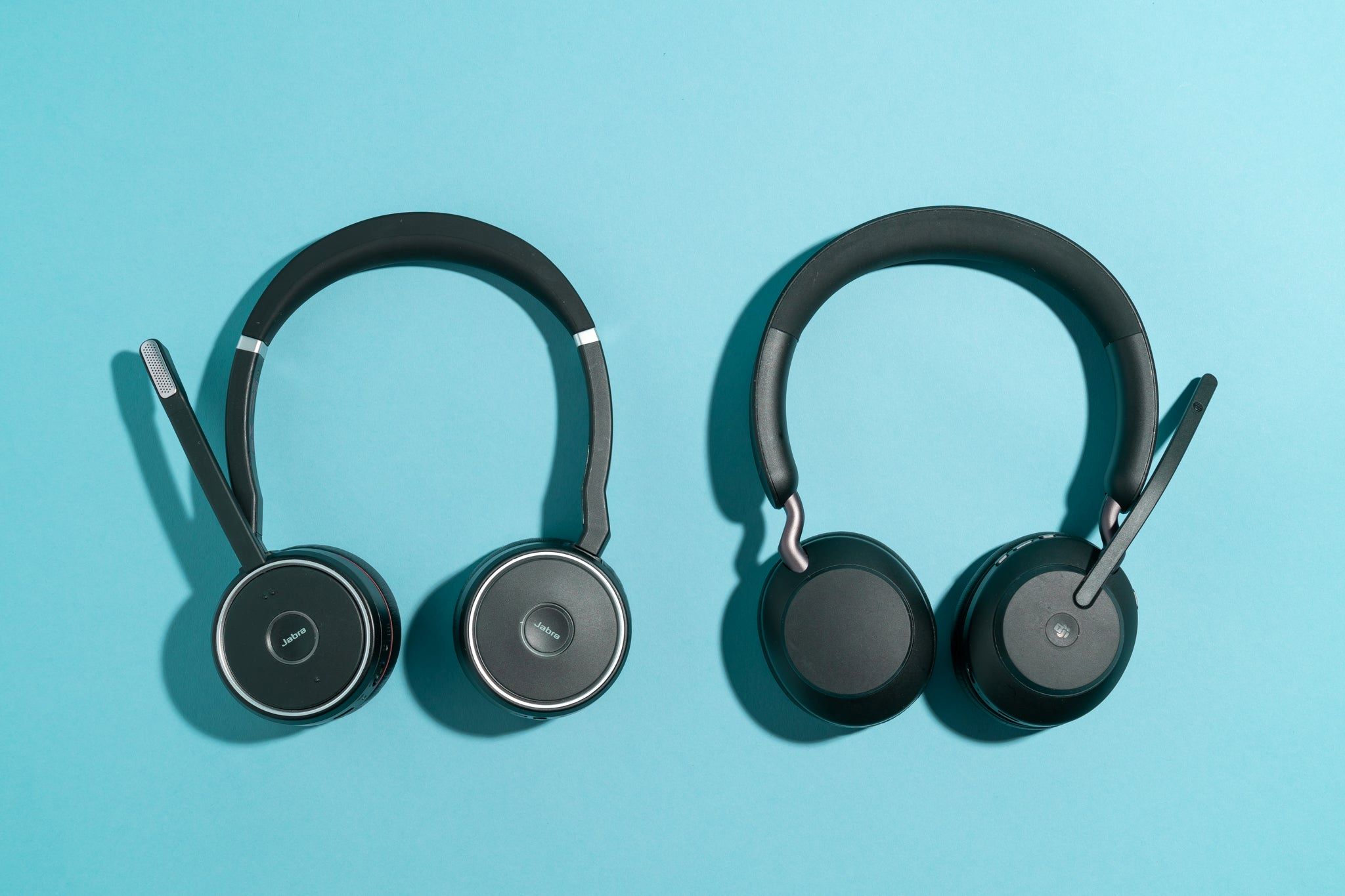Introduction
Wireless headsets have become indispensable companions in our modern, on-the-go lifestyle. Whether you're using them for work, exercise, or leisure, ensuring that your wireless headset is consistently charged is crucial for uninterrupted usage. In this article, we'll explore the best practices for efficiently charging your wireless headset, helping you power up with confidence and convenience.
As technology continues to evolve, wireless headsets have seen significant advancements in both design and functionality. These sleek and compact devices offer unparalleled convenience, allowing users to enjoy music, take calls, and engage in various activities without the hassle of tangled wires. However, the convenience of wireless headsets is contingent upon their battery life, making efficient charging a top priority for users.
By understanding the nuances of battery technology and implementing the right charging practices, you can optimize the performance and longevity of your wireless headset. From selecting the appropriate charger to adopting smart charging habits, we'll delve into the essential strategies that will empower you to keep your wireless headset powered up and ready for action.
As we embark on this exploration of wireless headset charging, it's important to recognize the pivotal role that effective charging plays in maximizing the utility of these devices. Whether you're a music enthusiast, a fitness enthusiast, or a professional on the move, a well-charged wireless headset ensures that you can seamlessly integrate technology into your daily activities. With that in mind, let's delve into the intricacies of wireless headset batteries and the art of efficient charging.
Understanding the Battery
The battery is the lifeblood of any wireless headset, serving as the power source that enables its seamless functionality. Understanding the intricacies of the battery is essential for optimizing its performance and ensuring reliable usage. Wireless headsets commonly utilize lithium-ion batteries, renowned for their high energy density, lightweight design, and long-lasting performance. These batteries are specifically engineered to provide a stable and consistent power supply, catering to the demands of modern, on-the-go lifestyles.
Lithium-ion batteries are revered for their ability to hold a charge for extended periods, making them well-suited for wireless headsets that require reliable power throughout the day. However, it's important to note that these batteries are not immune to degradation over time. As the battery undergoes charging and discharging cycles, its overall capacity may gradually diminish. This natural phenomenon is known as battery degradation and is influenced by various factors, including temperature, charging patterns, and overall usage.
To prolong the lifespan of your wireless headset's battery, it's crucial to avoid exposing it to extreme temperatures. High temperatures can accelerate the degradation process, leading to diminished battery capacity and overall performance. Conversely, storing the headset in excessively cold environments can also impact its battery life. Therefore, it's advisable to store and charge the wireless headset within the recommended temperature range to maintain optimal battery health.
Moreover, understanding the concept of battery memory can help users make informed decisions regarding charging habits. Unlike older nickel-cadmium batteries, lithium-ion batteries do not exhibit memory effects, meaning they do not require full discharges before recharging. In fact, frequent shallow discharges and subsequent recharges are preferred for lithium-ion batteries, as this practice helps maintain their overall health and performance.
By familiarizing yourself with the nuances of lithium-ion batteries and their unique characteristics, you can make informed choices when it comes to charging your wireless headset. This understanding empowers users to adopt effective charging practices that not only ensure a consistent power supply but also contribute to the long-term durability of the battery.
In the next section, we'll delve into the crucial aspect of choosing the right charger for your wireless headset, shedding light on the factors that can impact charging efficiency and battery longevity.
Choosing the Right Charger
Selecting the appropriate charger for your wireless headset is a pivotal decision that directly influences the efficiency of the charging process and the overall health of the device's battery. With an array of charging options available in the market, it's essential to understand the factors that contribute to choosing the right charger for your wireless headset.
First and foremost, it's imperative to prioritize compatibility when selecting a charger for your wireless headset. Many wireless headsets are designed to be charged using a specific type of charger, often equipped with a proprietary charging port or connector. Ensuring that the charger is compatible with your headset's unique charging requirements is essential for seamless and safe charging. Using an incompatible charger can not only compromise the charging efficiency but also pose potential risks to the battery and the device itself.
Furthermore, considering the power output of the charger is crucial for optimizing the charging process. Wireless headsets typically require a specific power output for efficient charging. It's recommended to use a charger that matches the power output specified by the headset's manufacturer. Using a charger with a higher or lower power output than the recommended level can lead to suboptimal charging performance and may even affect the long-term health of the battery.
Additionally, the quality and reliability of the charger play a significant role in ensuring safe and effective charging. Opting for chargers from reputable manufacturers or those that are specifically endorsed by the wireless headset's brand can provide assurance regarding their quality and compatibility. High-quality chargers are designed to deliver a stable and consistent power supply, minimizing the risk of overcharging or undercharging the headset's battery.
Moreover, considering the versatility and convenience of the charger is beneficial for users who lead dynamic lifestyles. Some chargers offer additional features such as multiple charging ports, compact designs, and rapid-charging capabilities, catering to the diverse needs of users. Assessing these supplementary features can enhance the overall charging experience, enabling users to power up their wireless headsets efficiently and conveniently.
By prioritizing compatibility, power output, quality, and additional features, users can make informed decisions when selecting a charger for their wireless headset. This thoughtful approach not only facilitates efficient charging but also contributes to the longevity and optimal performance of the headset's battery, ensuring sustained reliability and convenience for users.
In the subsequent section, we'll explore the best practices for charging wireless headsets, encompassing smart charging habits and proactive measures to maximize battery health and longevity.
Best Practices for Charging
When it comes to charging your wireless headset, adopting best practices is essential for maximizing battery performance and ensuring a seamless charging experience. By integrating these smart charging habits into your routine, you can optimize the efficiency and longevity of your wireless headset's battery, empowering you to stay connected and entertained without interruptions.
1. Regular but Controlled Charging
Frequent, controlled charging is preferable for lithium-ion batteries, the common power source for wireless headsets. It's advisable to charge your headset when the battery level is moderately low, rather than waiting for a complete discharge. This approach helps maintain the battery's health and prevents deep discharges, which can be detrimental to lithium-ion batteries.
2. Avoid Overcharging
Overcharging your wireless headset can lead to unnecessary stress on the battery, potentially impacting its long-term performance. Once your headset reaches full charge, disconnect it from the charger to prevent overcharging. Most modern chargers and devices are equipped with mechanisms to prevent overcharging, but it's still a good practice to unplug the charger once the battery is fully replenished.
3. Optimal Temperature Management
Ensuring that your wireless headset is charged within the recommended temperature range is crucial for preserving the battery's health. Exposing the headset to extreme temperatures, whether excessively hot or cold, can accelerate battery degradation. It's advisable to charge your headset in a moderate-temperature environment to maintain optimal battery performance.
4. Use Official or Certified Chargers
Utilizing chargers that are officially recommended or certified by the headset's manufacturer can significantly impact the charging process. These chargers are designed to meet the specific requirements of the headset, ensuring compatibility and safe charging. Using uncertified or third-party chargers may compromise the charging efficiency and pose risks to the battery and the device.
5. Uninterrupted Charging
To facilitate uninterrupted charging, ensure that the charging port and connectors on both the headset and the charger are clean and free from debris or dust. A secure and clean connection between the charger and the headset promotes efficient charging and minimizes the risk of charging interruptions.
By integrating these best practices into your charging routine, you can optimize the performance and longevity of your wireless headset's battery. These proactive measures not only ensure a reliable power supply but also contribute to the overall durability and efficiency of the device, empowering you to make the most of your wireless headset in various aspects of your daily life.
Conclusion
In conclusion, efficient charging is a fundamental aspect of maximizing the utility and longevity of wireless headsets. By delving into the intricacies of battery technology, understanding the nuances of lithium-ion batteries, and prioritizing smart charging practices, users can enhance the performance and reliability of their wireless headsets.
The journey of optimizing wireless headset charging begins with a comprehensive understanding of the battery. Recognizing the significance of lithium-ion batteries and their unique characteristics empowers users to make informed decisions regarding charging habits. By prioritizing temperature management, avoiding overcharging, and embracing regular but controlled charging, users can proactively contribute to the longevity of the battery.
Choosing the right charger is equally pivotal in the quest for efficient charging. Prioritizing compatibility, power output, and charger quality ensures that the charging process is not only efficient but also safe for the device's battery. By selecting chargers that align with the manufacturer's specifications and quality standards, users can mitigate potential risks and optimize the overall charging experience.
Moreover, integrating best practices for charging, such as regular but controlled charging, avoiding overcharging, and using official or certified chargers, fosters a conducive environment for maximizing battery health and performance. These proactive measures empower users to maintain a reliable power supply and contribute to the long-term durability of their wireless headsets.
As technology continues to evolve, wireless headsets remain integral to our daily lives, catering to diverse needs and activities. By embracing efficient charging practices and prioritizing battery health, users can harness the full potential of their wireless headsets, seamlessly integrating them into various facets of their routines.
In essence, the art of efficient charging is a holistic endeavor that encompasses a deep understanding of battery technology, informed decision-making when selecting chargers, and the integration of best charging practices into daily routines. By embracing these principles, users can power up their wireless headsets with confidence, knowing that they are optimizing performance, maximizing battery life, and unlocking the full potential of these indispensable devices.

























